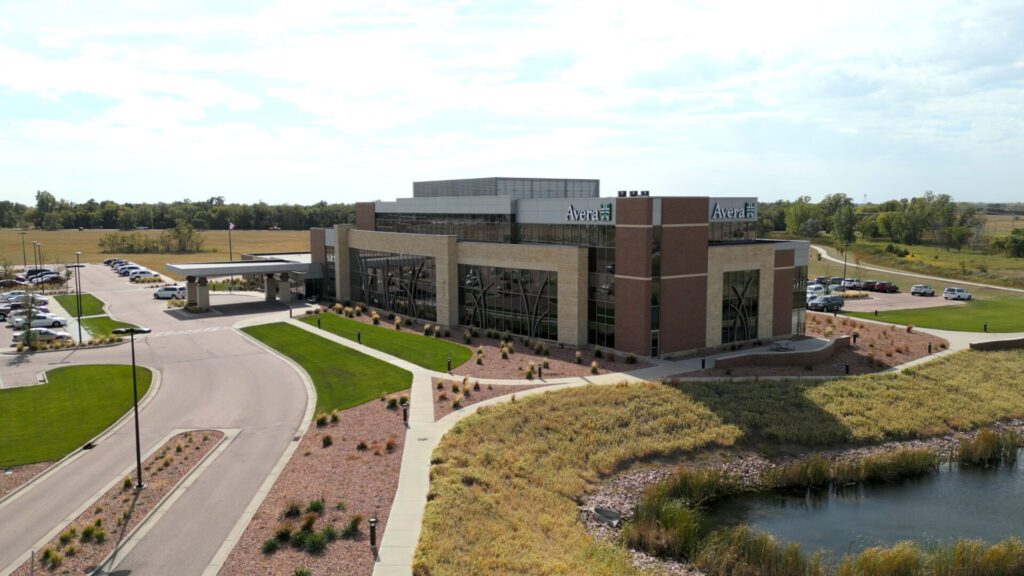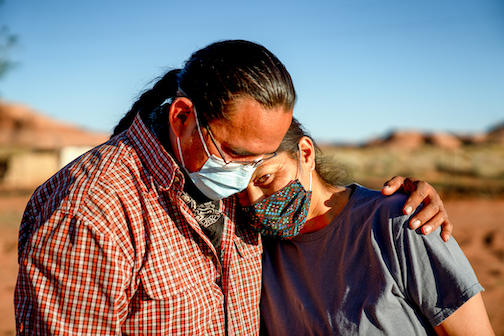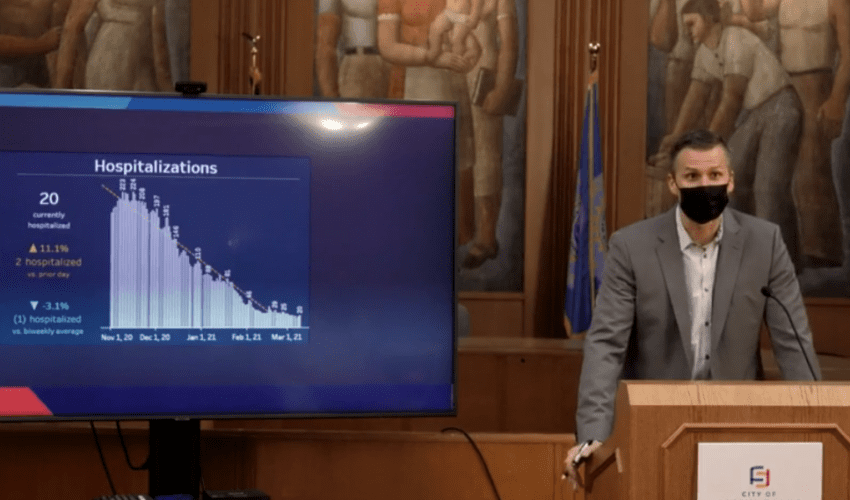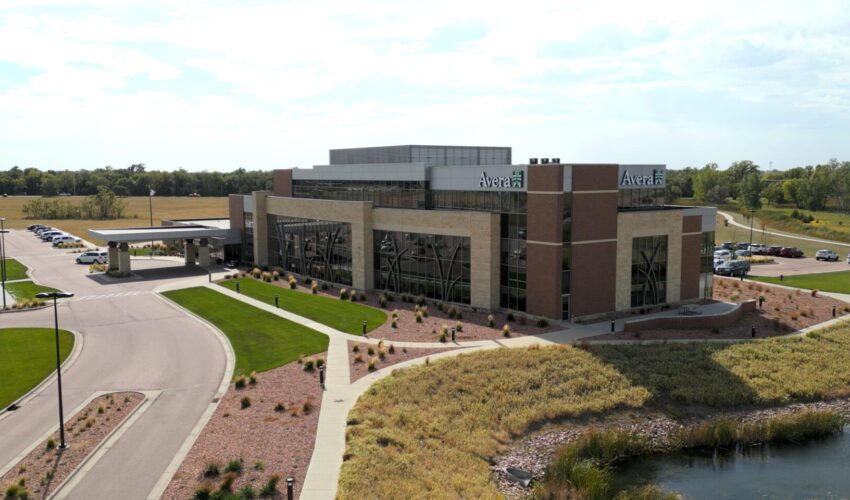Why Avera is committed to rural health
Sept. 14, 2023
This paid piece is sponsored by Avera Health.
An aerial view of Avera’s 72,000-square-mile footprint across South Dakota and four surrounding states might illustrate it best: Only 0.1 percent of that vast space, or about 73 square miles, is urban.
“Sioux Falls is an urban referral setting for health care, yet we have locations in 100 communities that are important in the care we provide,” said Dr. Kevin Post, Avera’s chief medical officer.
Avera leverages its community and rural locations to deliver quality care, closer to home.
“People want to receive care as close to home as possible, and sometimes the best care setting is actually in the home. More and more, Avera is taking remote-care technology and expertise to people at home rather than in clinics and hospitals,” Post said.
“We have 37 hospitals, and over 90 percent are critical access hospitals with 25 beds or fewer, so we understand rural,” said Rachael Sherard, senior vice president for rural health at Avera. “One in every 40 critical access hospitals in the country are in the Avera system. We are rural health care, and we excel at delivering high-quality rural care efficiently.”
Rural care close to home
Avera’s rural locations are designed to deliver most of the care that most people need. This includes primary care clinics, 24/7 emergency departments, and hospitals that deliver care such as inpatient and outpatient surgery, outpatient procedures like colonoscopy, women’s care, therapy, infusions and cardiac rehabilitation. Some facilities efficiently share core services, such as lab or imaging, among hospital, clinic and long-term care sites. This includes new health campuses in Gregory and Gettysburg.
Avera Grassland Health Campus in Mitchell
“Health care is often a major employer in the community, giving residents a vibrant place to work where they can care for their friends and neighbors,” Post said.
Touch points for rural health care
When they need a higher level of care, patients have access to all system resources through a variety of means:
- Telemedicine: Specialty consults are available via telemedicine in a number of specialties. Rural providers get telemedicine support in emergency medicine, hospitalist, critical care and more. Telemedicine also is available in long-term care settings.
- Outreach: Avera specialists do regularly scheduled in-person visits to rural sites in a number of specialties such as orthopedics, cancer, heart and vascular care, kidney care and dialysis. Avera reaches out to rural locations with vital services such as mobile mammography.
- Home care: Avera@Home offers home health and hospice care through 28 locations. More access to virtual visits and home monitoring technology supports high-quality care at home.
- Cancer care: Avera Cancer Institute is one institute with six centers and 27 outreach sites. Care protocols are standardized according to evidence-based practices. Radiation therapy equipment is connected as part of a single platform, so patients can get the same high level of care, regardless of which center is closest to them. The Avera Cancer Navigation Center supports patients and families by phone 24/7, with a volume of 23,711 calls in the past year.
- Air transport: Careflight was started 35 years ago to ensure all residents of South Dakota and the wider region have more-equal access to lifesaving care. Today, rotor-wing and fixed-wing aircraft are stationed at bases in Sioux Falls, Aberdeen and Pierre. Bringing state-of-the-art technology where people need it, the aircraft made 2,600 transports in the past year, flying 310,000 miles.
“Rural is in our DNA. It’s core to who we are and our mission. When the Sisters came to Dakota Territory in the 1880s, they came on a mission of education. Yet when faced with immense health care needs, including diphtheria and influenza epidemics of the day, they began opening hospitals on the rural landscape of the Upper Midwest,” Sherard said.
Connected as a system
As a seamless system, all components are connected and work together for a more integrated experience for patients: providers, clinics, hospitals, long-term care centers, home care, research and health insurance.
“Our farmers and ranchers have always innovated for new and more effective ways to do things. Similarly, rural care is very innovative as we need to be creative with resources,” Post said.
For rural providers, telemedicine or just a phone call is the support they need to not feel isolated and to feel confident that they are doing everything possible to help their patients.
“Community emergency rooms are so important, and local providers have to be ready for anything from an accident or trauma to a heart attack or stroke,” Post said. “It’s often about time and intervening with lifesaving, life-stabilizing measures before getting that patient to the right bed at the right facility.”
Post lives in a rural community near Sioux Falls and spent 12 years of medical practice in a rural setting.
“You know your patients, their families and backgrounds. You understand their life; you understand what will work for them and what will not. When you see your patients and your community thrive, it’s why you do what you do.”
Learn why Avera is committed to rural health at Avera.org/RuralHealth.








